Lyme Disease: Complete Guide to Symptoms, Treatment & Prevention in the US
Lyme Disease: Complete Guide to Symptoms, Treatment & Prevention in the US
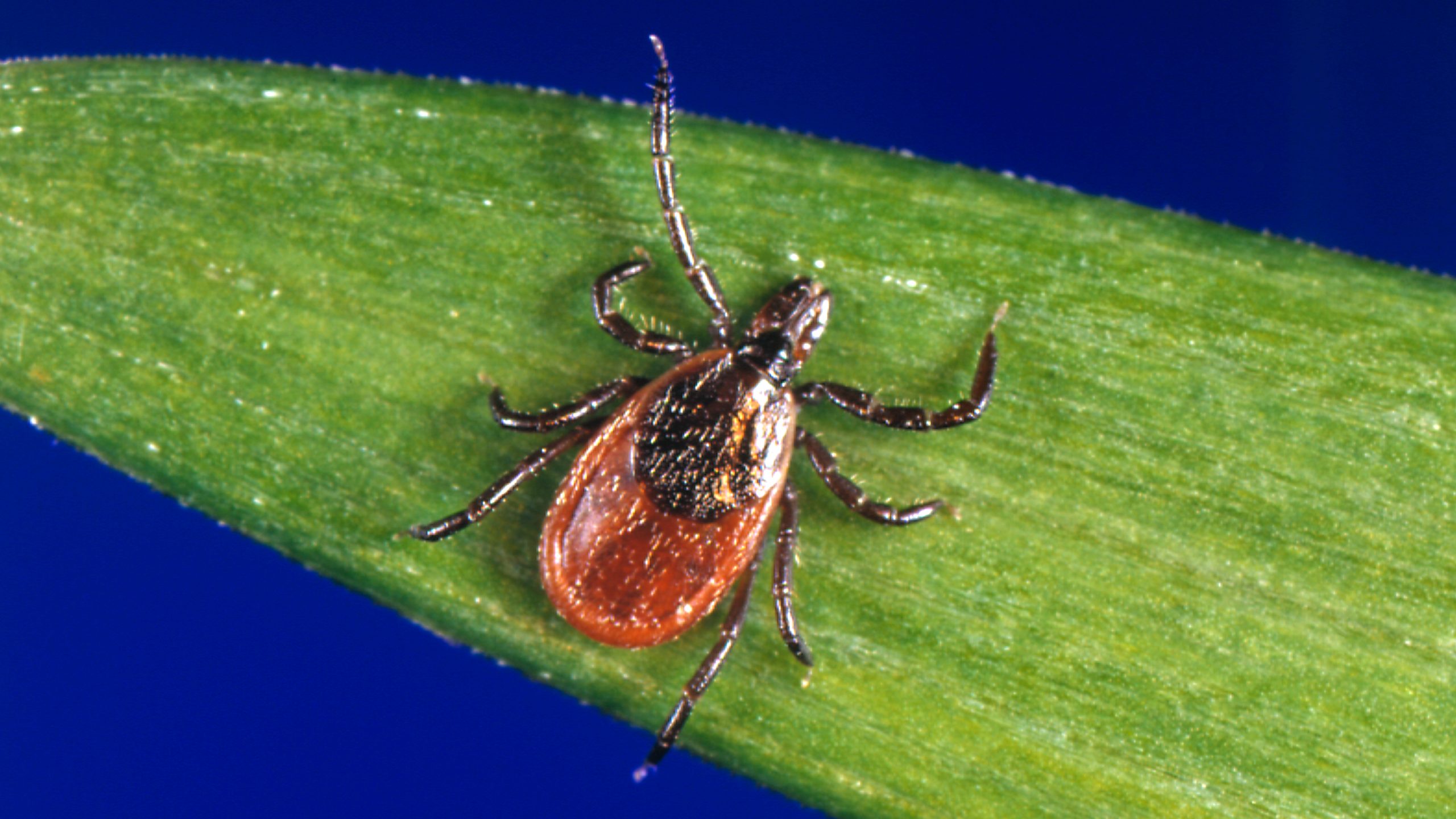
Table of Contents
Lyme disease is the most common tick-borne illness in the United States, affecting approximately 476,000 Americans annually. This bacterial infection, caused by Borrelia burgdorferi, is transmitted through the bite of infected blacklegged ticks and can lead to serious complications if left untreated. Understanding the symptoms, treatment options, and prevention strategies is crucial for anyone living in or visiting tick-endemic areas.
What is Lyme Disease?
Lyme disease is a bacterial infection caused by spirochetes from the Borrelia genus. In North America, the primary culprit is Borrelia burgdorferi, transmitted by blacklegged ticks (also known as deer ticks). The disease was first identified in Lyme, Connecticut, in 1975, giving it its name.
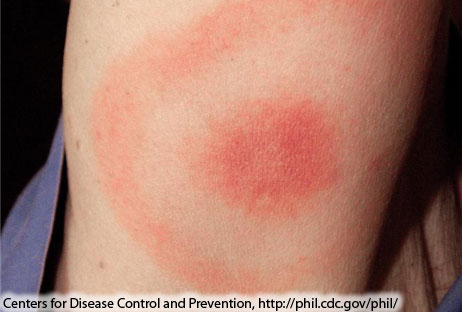
The infection occurs most frequently during spring and early summer when tick nymphs are most active. These tiny arachnids, smaller than a poppy seed, can easily go unnoticed while feeding on human blood for 36-48 hours or more.
Symptoms and Disease Stages
Lyme disease progresses through three distinct stages, each with characteristic symptoms that can overlap or appear independently.
Stage 1: Early Localized Disease (3-30 days)
The hallmark symptom is the erythema migrans (EM) rash, occurring in 70-80% of patients. This expanding circular rash:
- Appears at the tick bite site within 3-30 days
- Expands 1-2 inches per day, reaching 12+ inches in diameter
- May develop a "bull's-eye" appearance with central clearing
- Usually feels warm but is rarely painful or itchy
Additional early symptoms include fever, headache, extreme fatigue, joint stiffness, muscle aches, and swollen lymph nodes.
Stage 2: Early Disseminated Disease (3-10 weeks)
Without treatment, the bacteria spread throughout the body, causing:
- Multiple EM rashes in different body areas
- Facial palsy (loss of muscle tone on one or both sides)
- Severe headaches with neck stiffness
- Heart palpitations and chest pain
- Nerve pain radiating from the back to legs
Stage 3: Late Disseminated Disease (2-12 months)
Long-term complications may include:
- Severe arthritis, particularly in large joints like knees
- Neurological problems including memory issues
- Irregular heart rhythms
- Chronic fatigue and body aches
Causes and How It Spreads
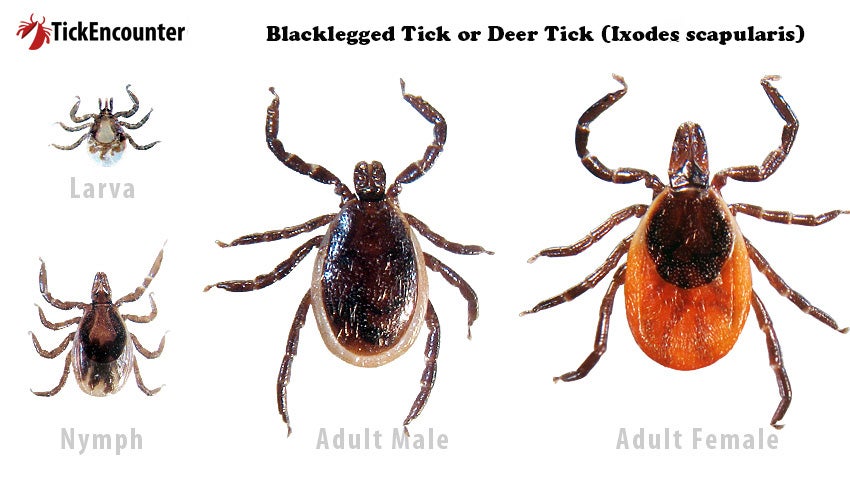
Lyme disease transmission requires specific conditions:
- Vector: Infected blacklegged ticks (Ixodes scapularis in eastern US, Ixodes pacificus in western states)
- Attachment time: Ticks must remain attached for 36-48 hours to transmit bacteria
- Reservoir hosts: White-footed mice, deer, and other small mammals maintain the bacterial cycle
- Peak season: May through September when nymphal ticks are most active
It's important to note that Lyme disease cannot be transmitted person-to-person, through air, food, water, or from pets directly to humans.
Diagnosis and Testing
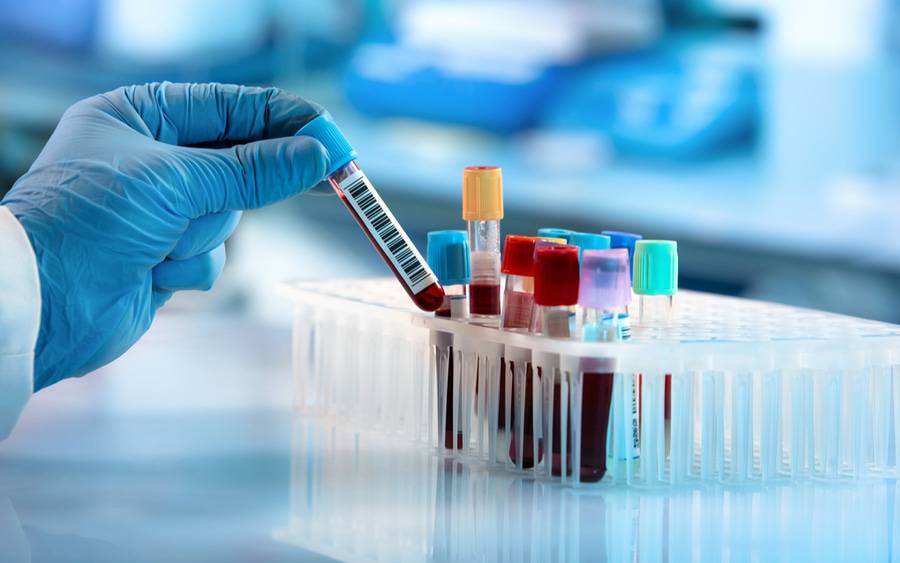
Lyme disease diagnosis combines clinical assessment with laboratory testing:
Clinical Diagnosis
- Characteristic EM rash (diagnostic without testing)
- History of tick exposure in endemic areas
- Symptom evaluation and physical examination
Laboratory Testing
The CDC recommends a two-step serologic testing process:
- Step 1: ELISA (enzyme-linked immunosorbent assay)
- Step 2: Western blot confirmation for positive/equivocal ELISA results
Testing is most reliable 2-4 weeks after infection when antibodies have developed. Early antibiotic treatment may prevent antibody formation, potentially affecting test results.
Treatment Options
Early treatment with appropriate antibiotics is highly effective for Lyme disease:
First-Line Treatments
- Doxycycline: 100mg twice daily for 14-21 days (adults and children ≥8 years)
- Amoxicillin: 500mg three times daily for 14-21 days (pregnant women, young children)
- Cefuroxime: Alternative option for patients allergic to penicillin
Advanced Disease Treatment
Neurologic or cardiac complications may require:
- Intravenous antibiotics (ceftriaxone)
- Extended treatment courses (28 days)
- Hospitalization for severe symptoms
Prevention Strategies
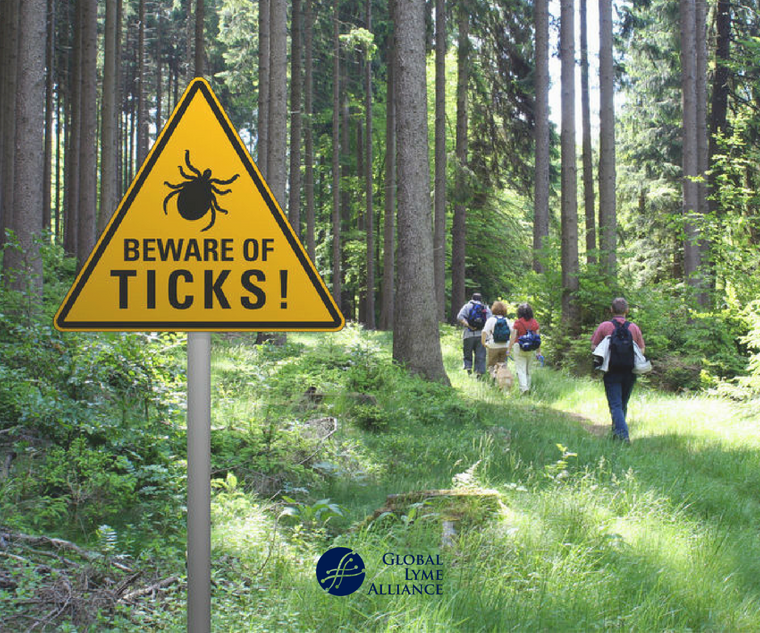
Prevention remains the best defense against Lyme disease:
Personal Protection
- Wear light-colored, long-sleeved shirts and long pants
- Tuck pants into socks and shirts into pants
- Use EPA-registered insect repellents containing DEET, picaridin, or permethrin
- Stay on cleared paths and avoid tall grass/brushy areas
Post-Exposure Actions
- Perform daily tick checks, especially in warm, moist areas
- Shower within 2 hours of outdoor activities
- Check gear and pets for ticks
- Remove ticks promptly with fine-tipped tweezers
- Dry clothes on high heat for 10 minutes to kill remaining ticks
Geographic Risk Areas in the US
Lyme disease risk varies significantly by geographic location:
High-Risk States
- Northeast: Connecticut, Delaware, Maine, Maryland, Massachusetts, New Hampshire, New Jersey, New York, Pennsylvania, Rhode Island, Vermont
- Upper Midwest: Minnesota, Wisconsin, northern Illinois, Iowa
- West Coast: Northern California, Oregon, Washington (lower transmission rates)
Approximately 95% of confirmed Lyme disease cases occur in these endemic regions, with the highest concentrations in southeastern New York, southern New England, and eastern Pennsylvania.
Frequently Asked Questions
How quickly should I see a doctor after a tick bite?
Seek medical attention if you develop a rash, fever, or flu-like symptoms within 30 days of a tick bite, especially in endemic areas. Early treatment is most effective.
Can Lyme disease be cured completely?
Yes, when caught early and treated with appropriate antibiotics, Lyme disease can be cured completely. However, some patients may experience post-treatment symptoms.
Do all tick bites cause Lyme disease?
No. Only bites from infected blacklegged ticks can transmit Lyme disease, and transmission typically requires 36-48 hours of attachment.
Is there a vaccine for Lyme disease?
Currently, no human Lyme disease vaccine is available in the US. A vaccine called LYMERix was discontinued in 2002, though new vaccines are in clinical trials.
What should I do if I find a tick attached to my skin?
Remove it immediately using fine-tipped tweezers. Grasp near the skin surface, pull straight up with steady pressure, and clean the area with antiseptic.
Conclusion
Lyme disease remains a significant public health concern in the United States, but early detection and treatment lead to excellent outcomes. By understanding the symptoms, implementing prevention strategies, and seeking prompt medical attention when needed, you can effectively protect yourself and your family from this tick-borne illness.

Remember that prevention is always better than treatment. Stay vigilant during outdoor activities, perform regular tick checks, and don't hesitate to consult healthcare providers if you suspect Lyme disease exposure.
Share This Vital Health Information
Help protect your community by sharing this comprehensive Lyme disease guide. Knowledge saves lives and prevents unnecessary suffering from tick-borne illnesses.